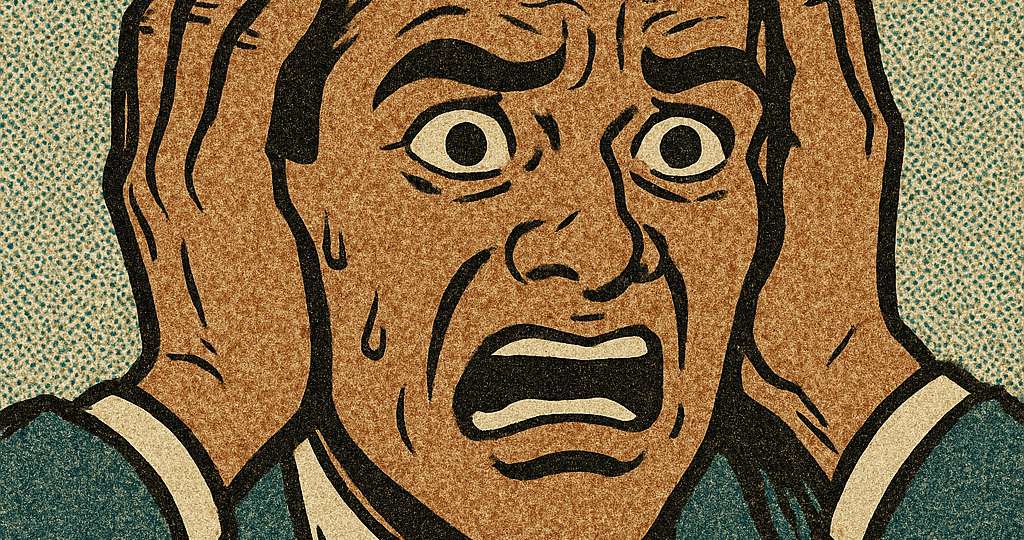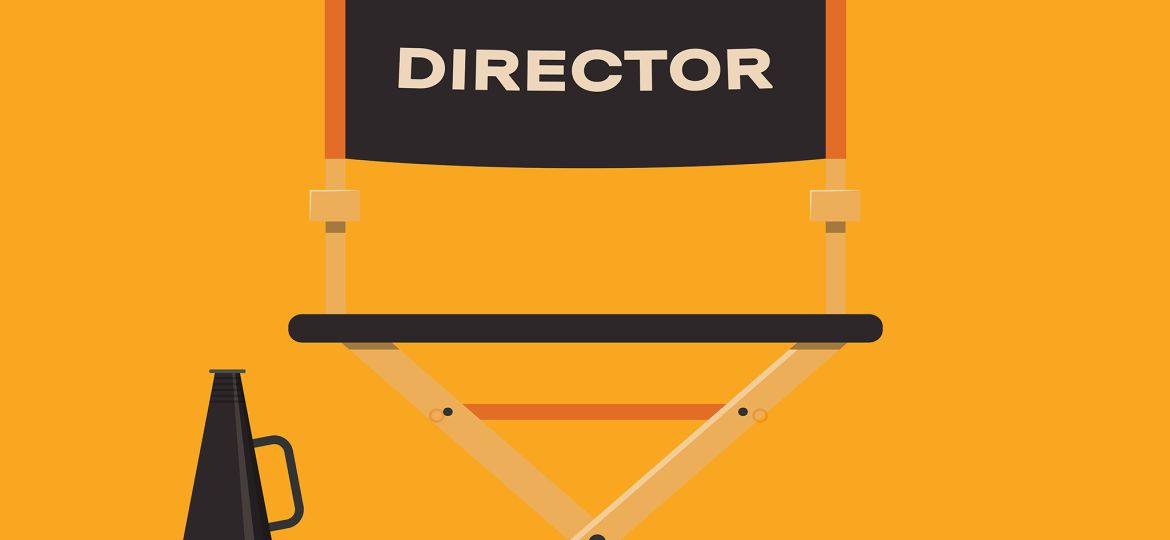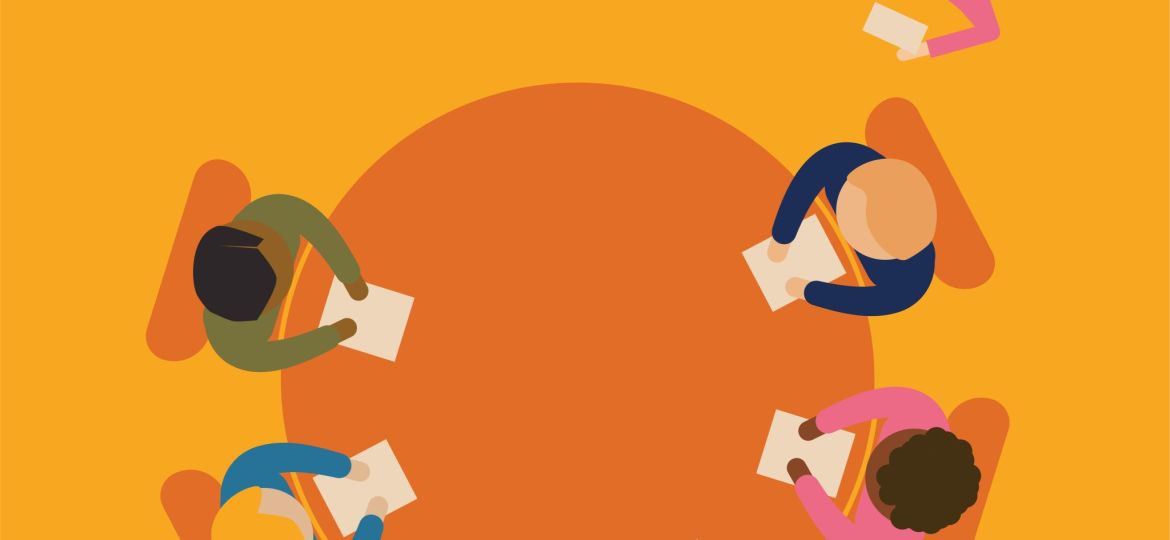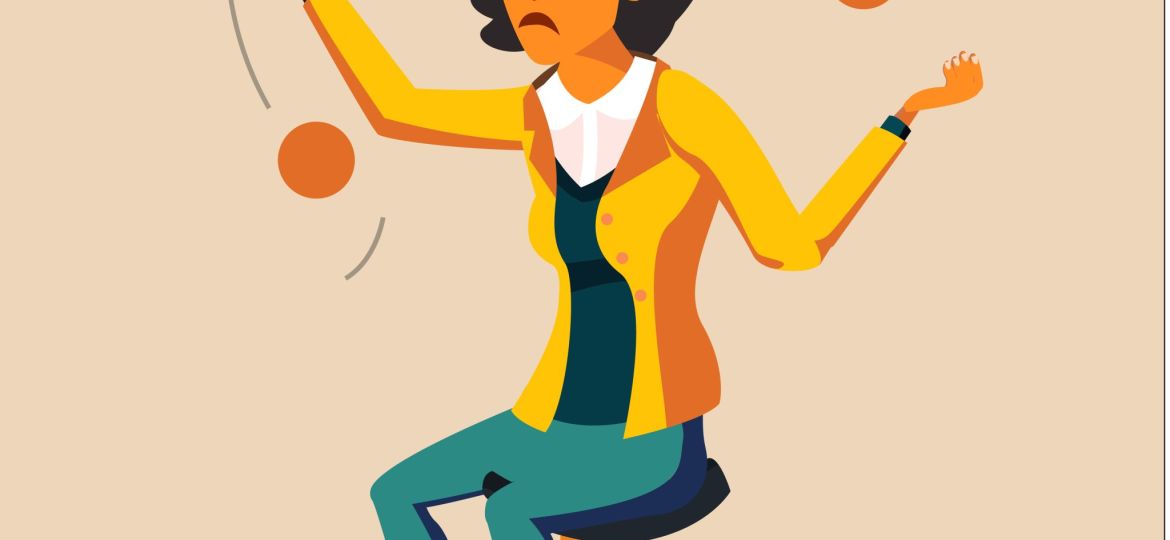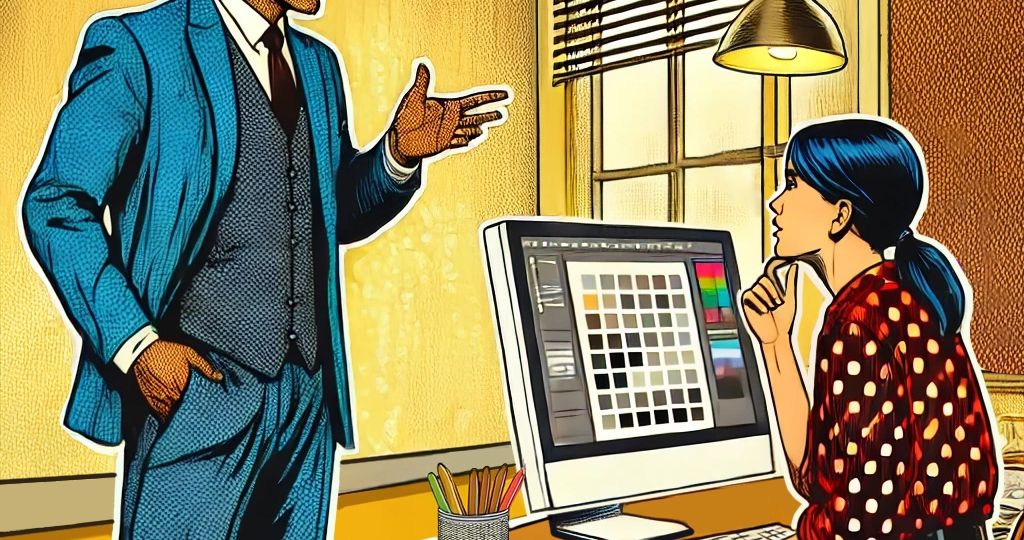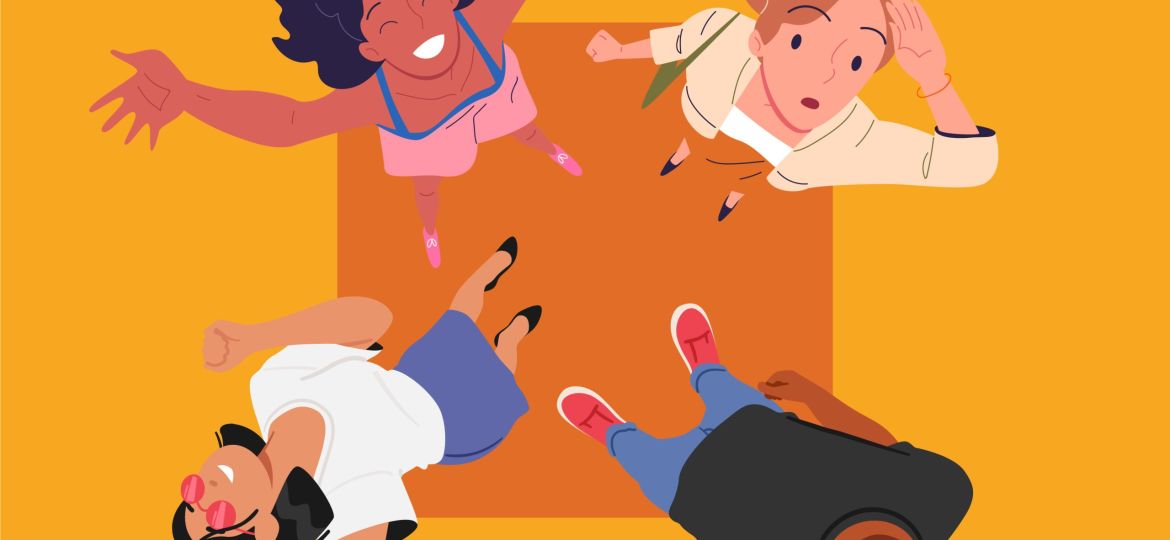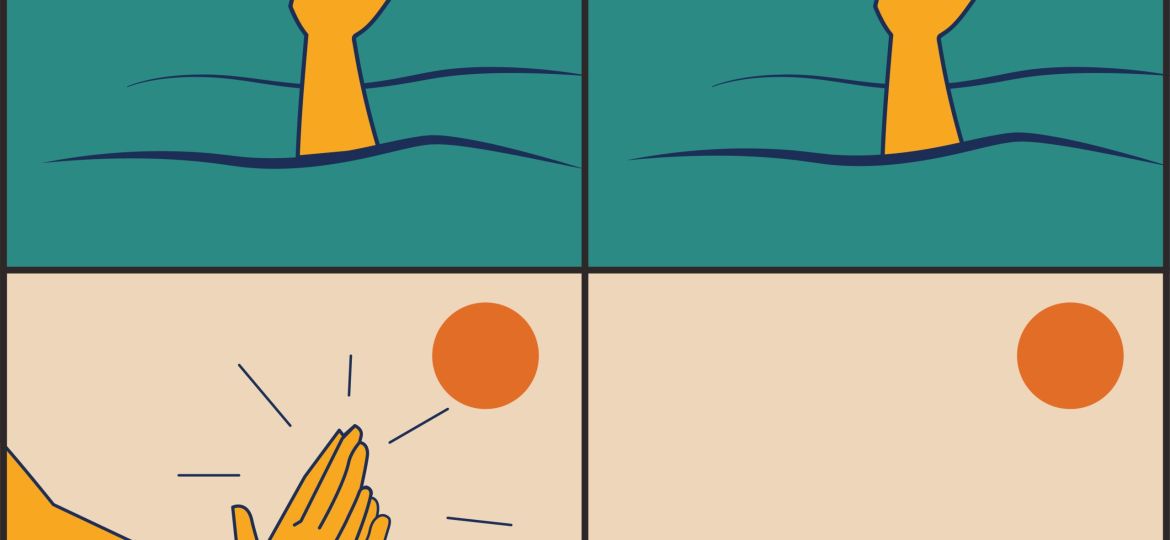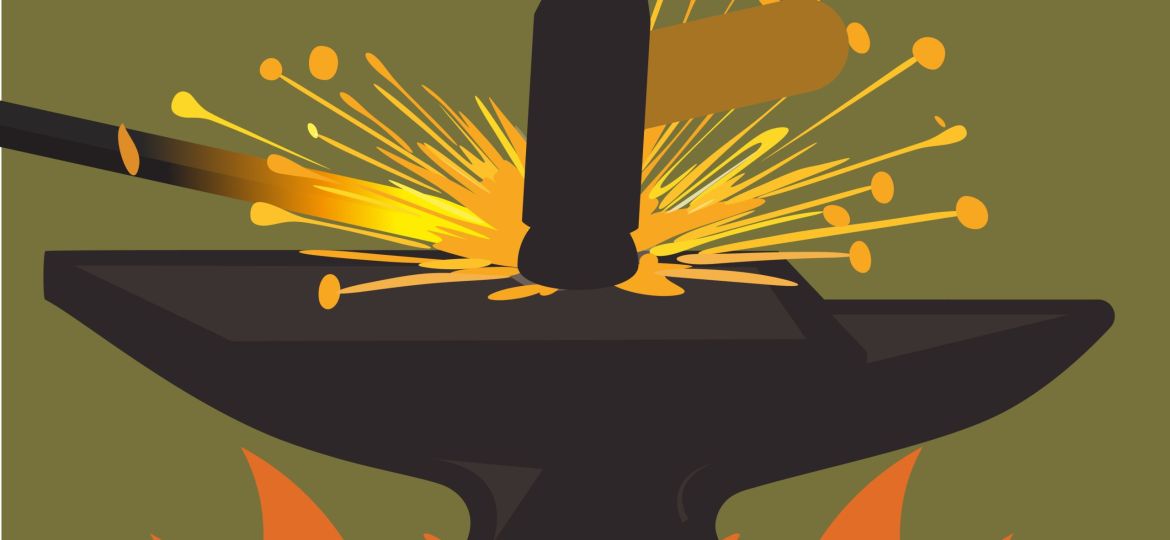The sooner you treat feedback as a tool for self-inquiry rather than a personal attack, the faster you grow. Not only as a leader, but as a person others want to follow.
You don’t need to become an expert in these frameworks to benefit from them. But understanding the difference between exploration (Design Thinking) and execution (Agile) helps you ask better questions, set clearer expectations, and lead your teams with more precision.
Creative Directors aren’t just for agencies or global brands. They serve a practical, often overlooked function for individuals, studios, and small teams: they help creative work live up to its purpose.
Creative work thrives on clarity. When you ask a designer to create something for you— whether it’s a brand identity,…
From a business perspective, assigning tasks to employees without the right training is a liability. Just as you wouldn’t expect a marketing manager to code a website, you shouldn’t expect a graphic designer to develop workflows, write copy, or manage vendor contracts.
No leader is infallible. Mistakes happen— misjudged strategies, overlooked details, or decisions that don’t pan out as expected. But what…
Giving thoughtful feedback on graphic design requires a blend of clarity, kindness, and respect for the creative process.
Many talented creatives find themselves in roles that feel comfortable but stagnant. The key is recognizing what growth looks like in a field that doesn’t always offer traditional markers of success.
Many designers feel unheard at work, whether by managers who don’t understand design, executives who prioritize speed over quality, or clients who assume their personal taste overrides expertise.
Leadership isn’t a fixed trait—it’s a skill set that evolves. If your leadership style no longer serves you or your team, it may be time to reassess and rebuild. Growth requires reflection, intentional change, and a willingness to unlearn old habits. Here’s how to refine your approach while staying true to your values.

